If you visit Akita Prefecture in Japan, you’ll find a hot pot dish that’s unlike anything else. It’s called Jyunsai Nabe, and it features a special water plant called jyunsai as its main ingredient. This dish brings together fresh, local ingredients in a warm and flavorful broth, offering a taste that’s both traditional and refreshing.
What Is Jyunsai Nabe?

Jyunsai Nabe comes from the town of Mitane in Akita. The star ingredient, jyunsai, is a small, green water plant that grows in ponds and marshes. What makes jyunsai special is its texture. It feels slippery and smooth, but has a soft bite. When people cook it in a hot pot, it adds a fun and unique texture that stands out from other vegetables.
Cooks usually pair jyunsai with Hinai Jidori chicken, a high-quality local chicken that has a rich flavor. They also add vegetables like burdock root (called gobo in Japanese), which gives the dish an earthy depth. The clear broth ties everything together, letting the fresh ingredients shine without being too heavy.
One important thing to know: jyunsai holds heat well because of its slimy coating. So, let it cool for a few seconds before eating to avoid burning your mouth.
The History of Jyunsai and How It Became a Local Favorite

Jyunsai has grown in Japan for a long time. In the past, it spread naturally in shallow ponds and marshes. People in Akita, especially in Mitane, used to gather jyunsai from a marsh called Kakusuke. Locals once called it “Nunawa,” which means “marsh rope,” because of its long, stringy look.
As time passed, natural jyunsai became harder to find. Pollution and changes in land use caused many wetlands to disappear. But instead of letting jyunsai vanish, people in Mitane took action. They cleaned up the marshes and created new spots to grow it. They also started farming jyunsai to make sure future generations could enjoy it too.
Today, Mitane is one of the top producers of jyunsai in Japan. Locals still pick it by hand, using small wooden boats to glide across the marshes. This careful method keeps the plants from getting damaged. It’s also part of a beloved summer tradition in the town. You can even watch or take part in the harvest if you visit during the season.
Where to eat Jyunsai Nabe?
Akita Kiritanpo Shop (秋田きりたんぽ屋)

Akita Kiritanpo Ya (秋田きりたんぽ屋) is a highly-regarded restaurant in Akita City, specializing in Kiritanpo, the iconic hot pot dish of Akita Prefecture. Besides their famous Kiritanpo Nabe, Akita Kiritanpo Ya also serves a variety of other Akita local dishes, including Hinai chicken specialties and Jyunsai Nabe hotpot.
Final Thoughts

Jyunsai Nabe isn’t just a dish—it tells a story about the people of Akita and their strong ties to nature. They worked hard to protect a plant that many others forgot about, and they turned it into something special on the dinner table.
If you enjoy hot pot dishes, Jyunsai Nabe offers something new. It’s lighter than some other types but still full of flavor. It also gives you a rare chance to taste a plant that grows only in certain parts of Japan and is harvested with great care.
After trying Jyunsai Nabe, you might want to explore other Japanese hot pots too. Dishes like Sukiyaki, Shabu-shabu, or Chanko Nabe each bring their own flavors and traditions. But if you’re looking for something local, fresh, and a little different, Jyunsai Nabe is the perfect place to start.
FAQ
- What is Junsai Nabe?
It is a hot pot dish from Akita Prefecture, featuring junsai (water shield), a unique aquatic plant with a slippery, jelly-like texture.
- What does it taste like?
Junsai has a refreshing, smooth texture and absorbs the flavor of the light dashi broth, making it delicate and easy to enjoy.
- How is it usually served?
Junsai is simmered with vegetables, tofu, and sometimes chicken or fish in a light soy-based broth.
- Is it healthy?
Yes, junsai is low in calories and rich in dietary fiber, making the hot pot a light and healthy dish.
- Where can I eat Junsai Nabe?
It is mainly found in Akita, especially during the summer when junsai is freshly harvested.
- Can I try it outside Japan?
Rarely. Junsai is highly seasonal and mostly consumed locally in Japan.

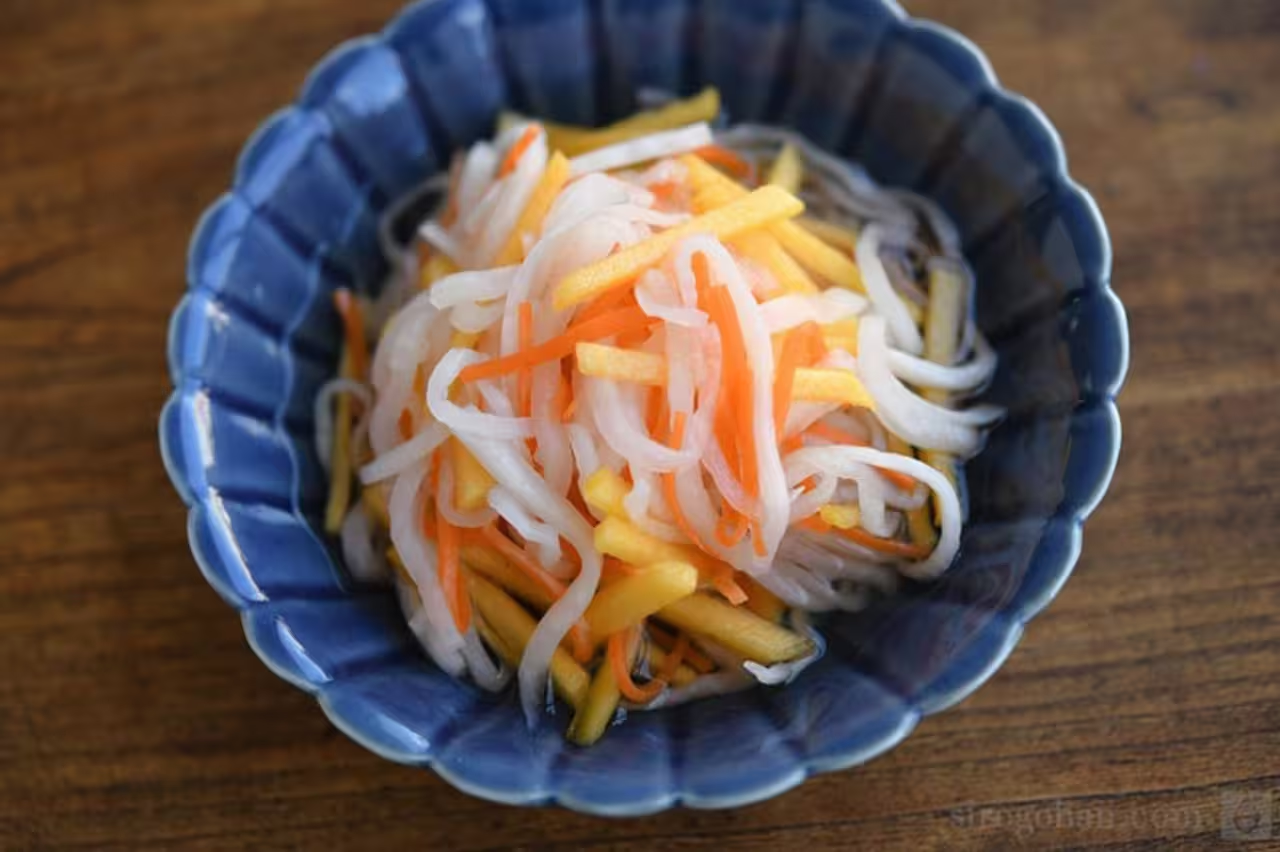
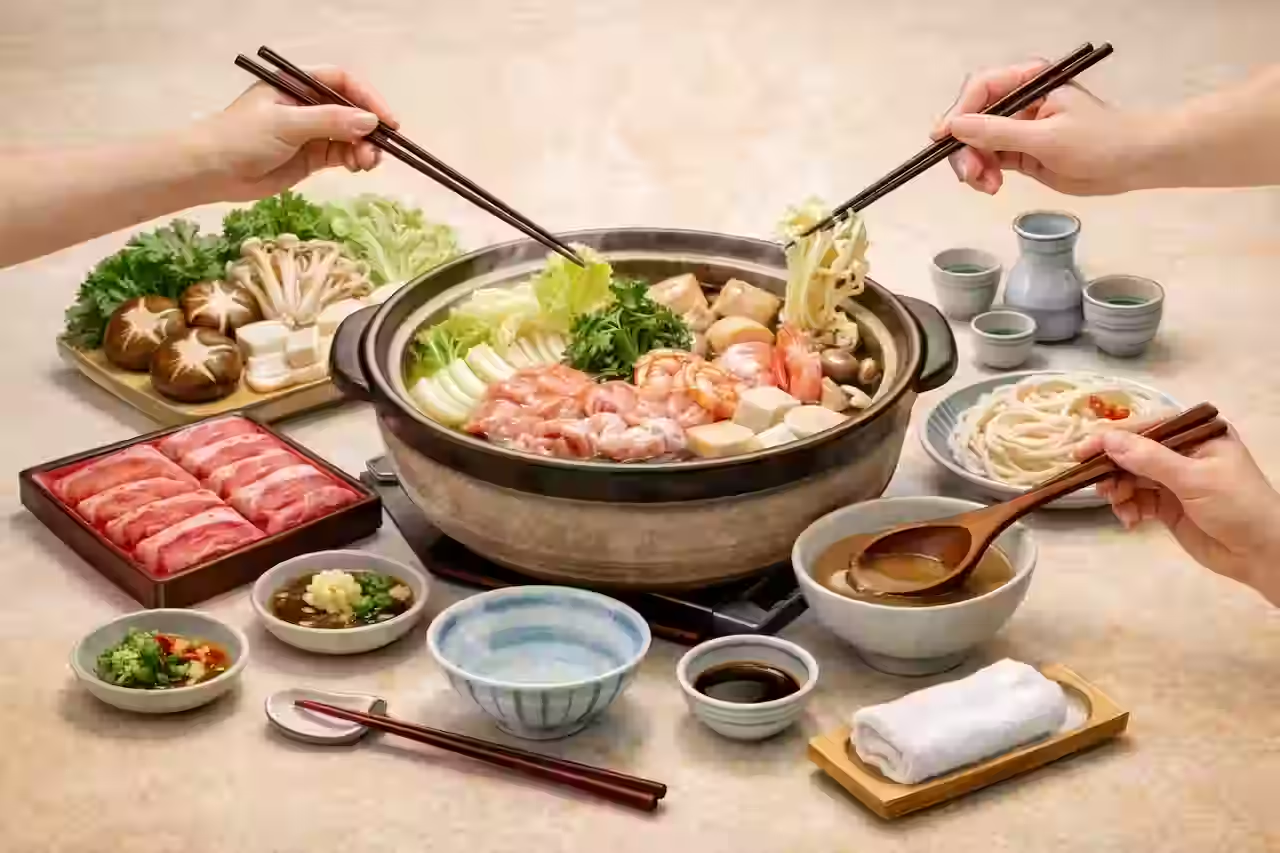
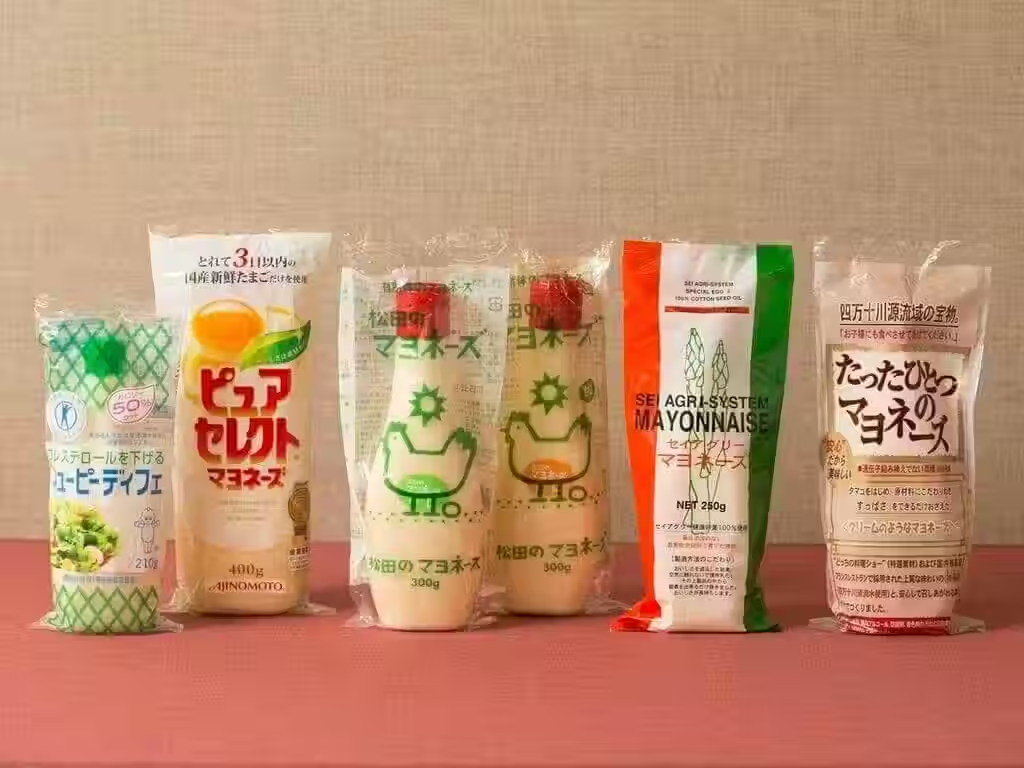
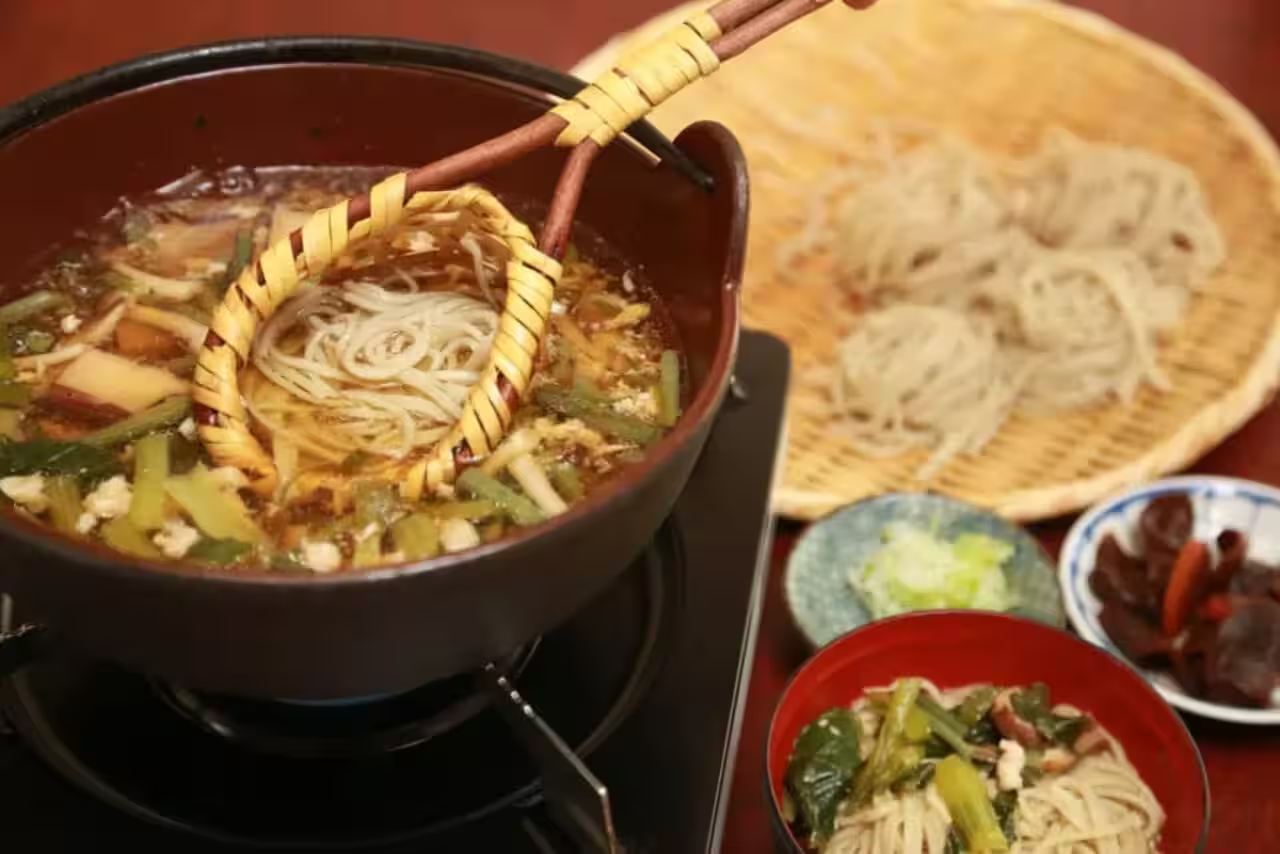

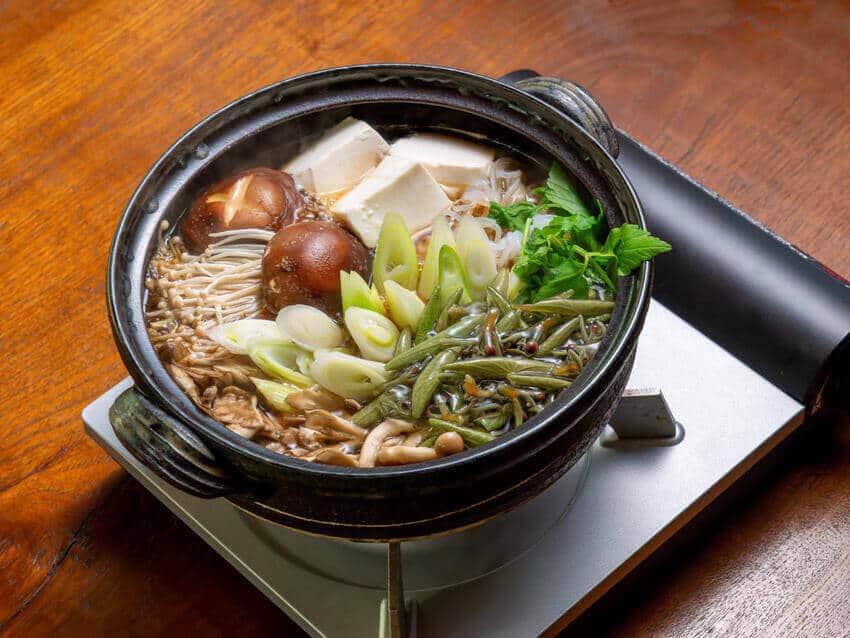
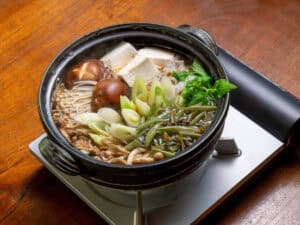
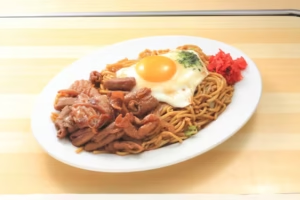
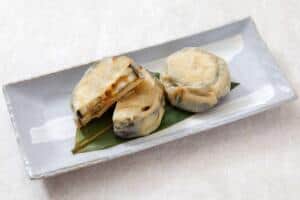
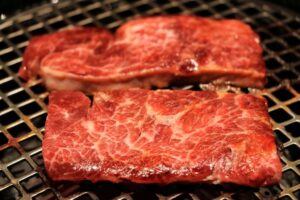
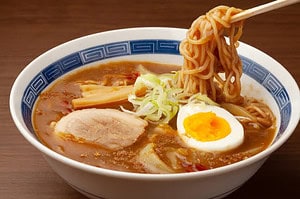
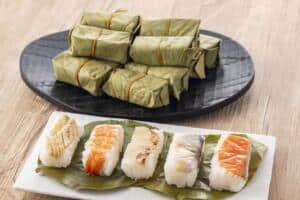
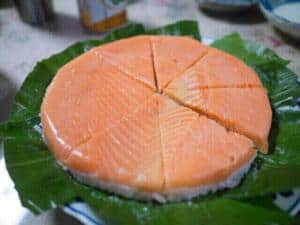
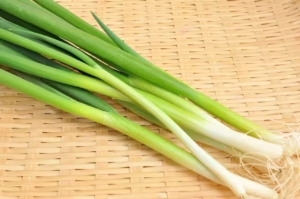
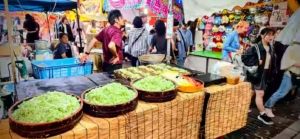
Comments